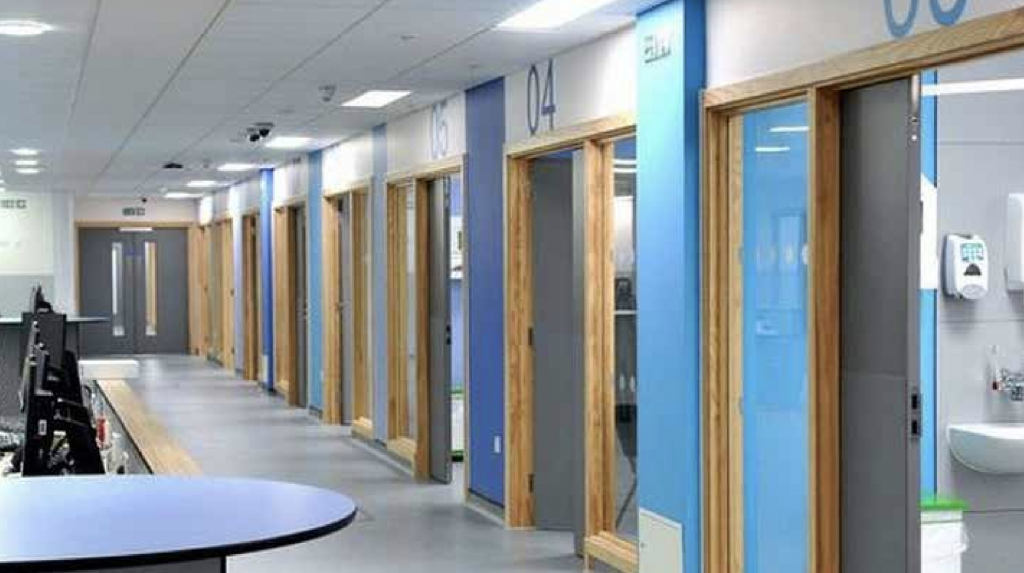Croydon’s overstretched University Hospital has been bumping along at the bottom of the performance tables for some time.
In January 2019 it became the first hospital to dip below 50% of the most serious Type 1 A&E patients to be seen and treated or admitted within 4 hours. Indeed Croydon Health Services Trust’s 29 percentage point drop over 2 years – to just 49.1% type 1 performance in January 2019 made it the worst in the NHS, 27 points behind the 76.1% average.
But now it appears that a contributing factor to this has been the opening of a brand new £21m A&E department, almost 2 years later than scheduled, last December: there had been problems with contractors, plumbing and asbestos.
But the new department, which the trust claimed had been planned with the involvement of medical and nursing staff, has proved to be a liability rather than an asset.
According to analysis by the South London Press:
“In the three months before the changeover, Croydon University Hospital’s A&E was performing very similarly to the national average for Type 1 patients. … There was a small decrease in December, with an extra 5% of patients having to wait longer than four hours. In January, however, more than half of Type 1 patients in A&E waited longer than four hours to be seen.”
In February the performance increased, but only to 63% of Type 1 patients waiting less than four hours, and in March it slumped again to 60%.
By comparison Croydon’s overall figure for Type 1 and Type 3 minor cases was much higher, with 85% in February and 84% in March.
The trust’s response has been to blame the problems on a significant increase in demand for emergency admissions and the lack of available beds.
This is clearly a key issue. No matter how you enlarge the A&E as the entrance hall for patients, if the bed numbers are inadequate, performance will be limited.
This problem is a miniature version of the NHS as a whole, where huge amounts of management time and effort in recent years have been devoted to channelling away as many as possible of the less serious type 3 patients from A&E, even though these patients are not the ones facing the biggest delays and do not require beds.
Meanwhile there are still delays for those in most serious need of attention.
Since 2010 the UK population has increased by over 4 million and the numbers of older patients more likely to need health care has also risen
However front line general and acute bed numbers in England have been cut by almost 6,000, with Croydon’s trust’s capacity declining almost 9% from 523 beds in 2010/11 to 477 (plus a flashy new A&E) in 2018/19.
Dear Reader,
If you like our content please support our campaigning journalism to protect health care for all.
Our goal is to inform people, hold our politicians to account and help to build change through evidence based ideas.
Everyone should have access to comprehensive healthcare, but our NHS needs support. You can help us to continue to counter bad policy, battle neglect of the NHS and correct dangerous mis-infomation.
Supporters of the NHS are crucial in sustaining our health service and with your help we will be able to engage more people in securing its future.
Please donate to help support our campaigning NHS research and journalism.


